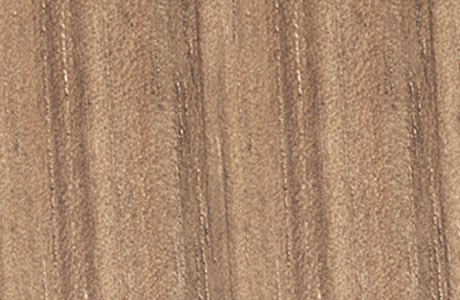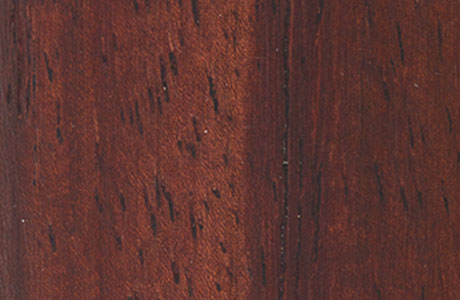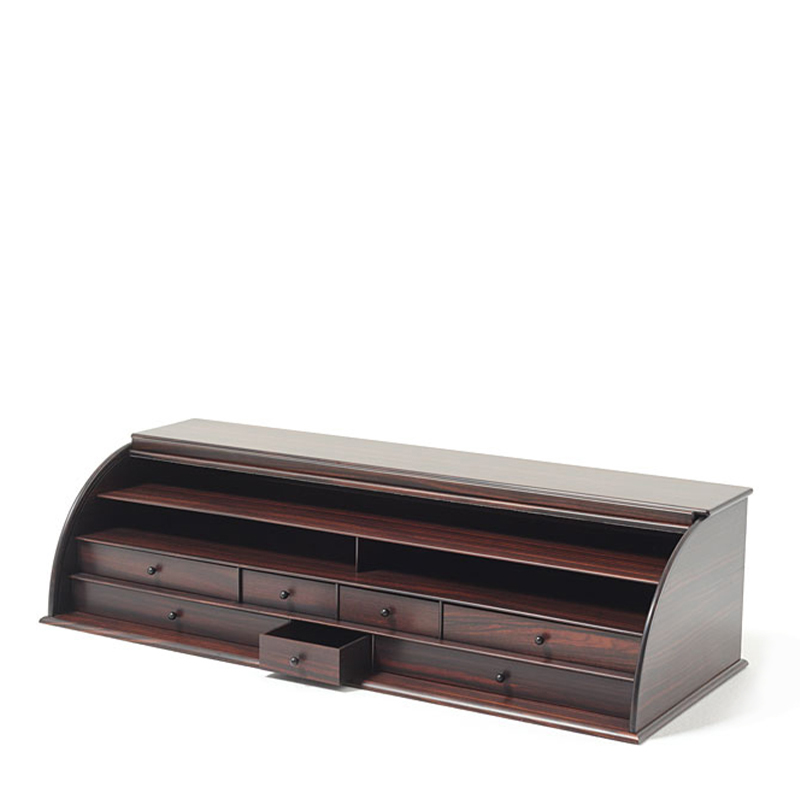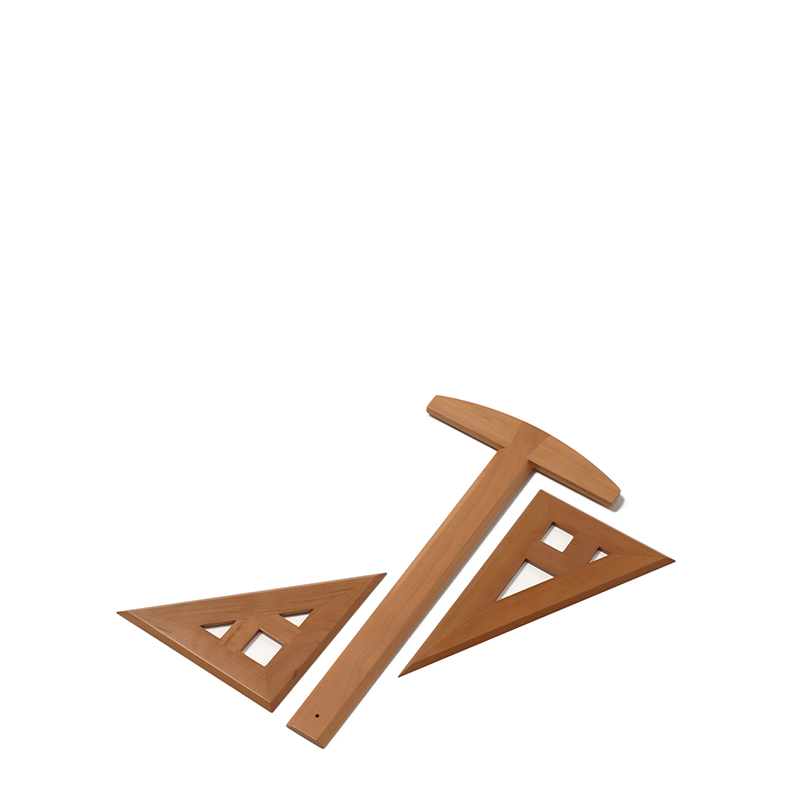The Segnalibro wooden bookmark was designed by Gae Aulenti in the eighties for a Venetian bibliophile. After carefully selecting the appropriate variety of fine wood, it is executed by manually rubbing down with sandpaper a sheet of solid wood repeatedly, so as to obtain a flattened-crescent section and a silky effect.
Product Details
Technical specifications
Essence and finishings
Bottega Ghianda carefully selects the quality of materials such as essences, leathers and fine fabrics that make each product unique.
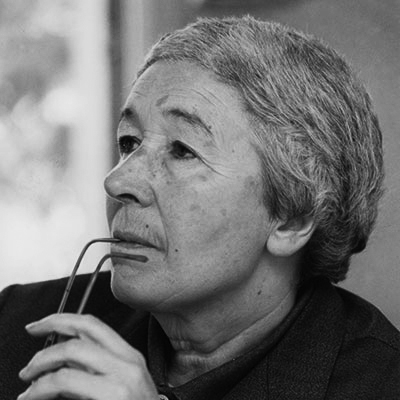
Gae Aulenti
Gae Aulenti was born in 1927 in the province of Udine. She graduated in 1953 at the Politecnico of Milano, since 1956 she has practiced her professional activity in Milan, which includes architectural, interior and industrial design and theater set design. From 1955 to 1965 she was in the editorial staff of "Casabella-Continuità" directed by Ernesto Nathan Rogers, a central place for the architectural debate of those years, where she would set the basis for her professional identity. Even in her early years, her projects expressed a desire to link together the multiple aspects of the architectural discipline. Several industrial design products arose to complement architectural projects. Her objects are never purely decorative, but are the completion of the architectural space in which they are inserted. In the 80's she created the Musée d'Orsay (1980-86), transforming the Gare d'Orsay in Paris into one of the most important art museums in the world. This will be followed by several projects and interventions in the world's most important museums such as: the Musée National d'Art Moderne at the Centre Pompidou, Palazzo Grassi in Venice. Two important museums complete her production: the new Asian Art Museum in San Francisco and the National Museum of Catalan Art in Barcelona.

